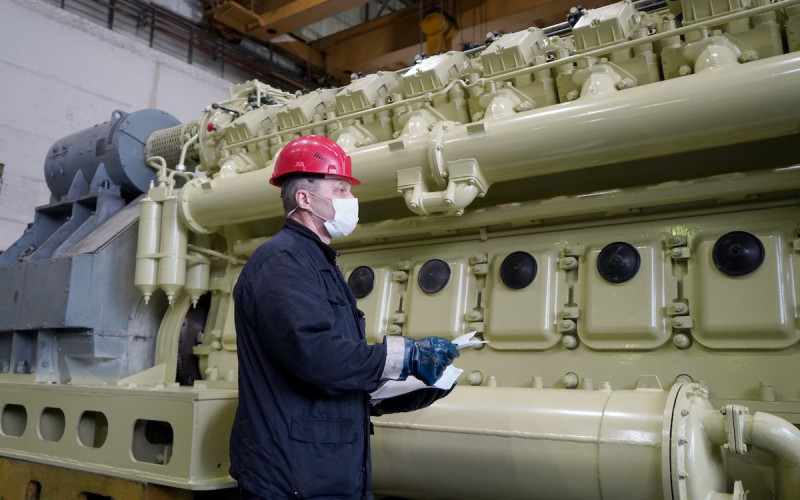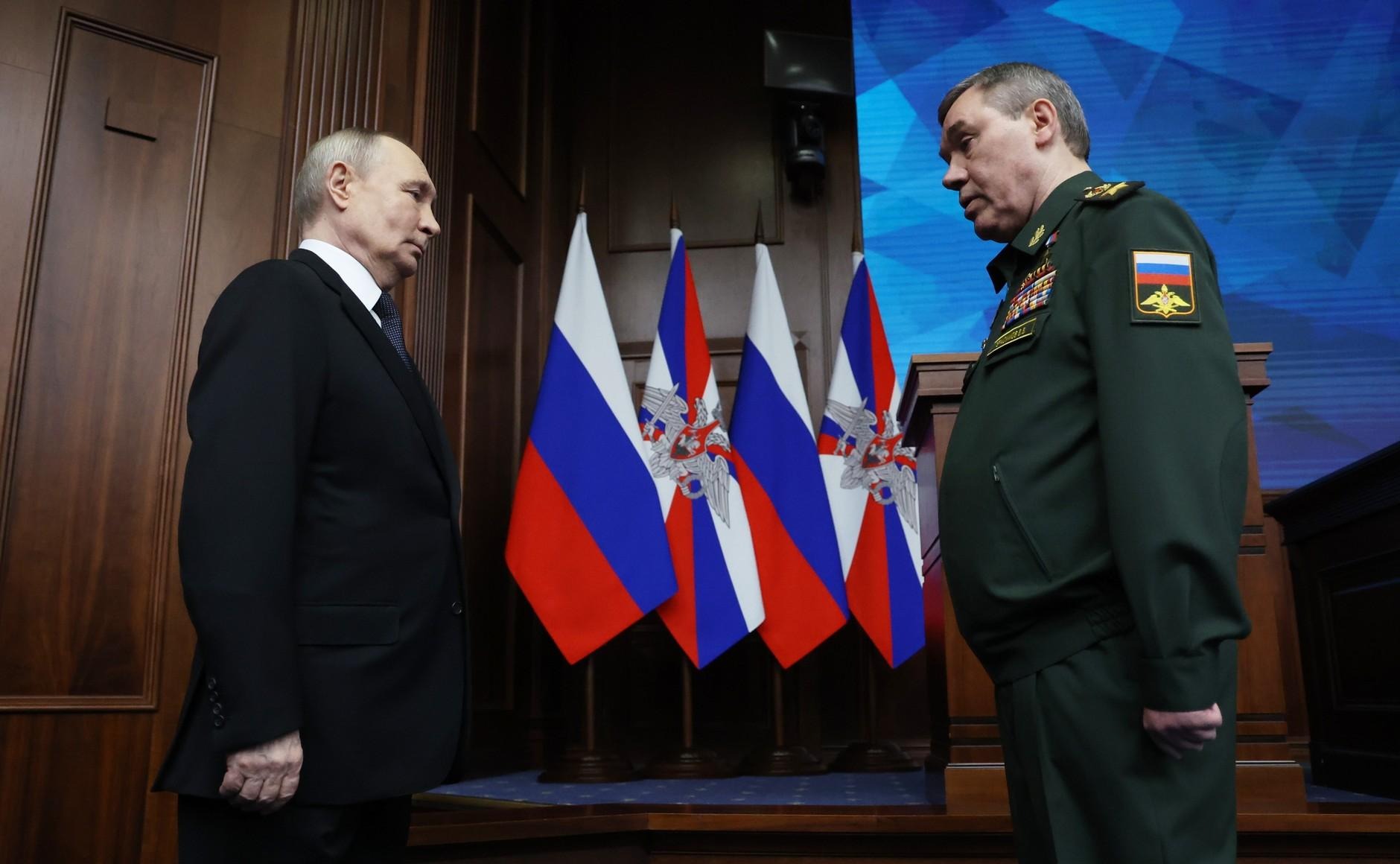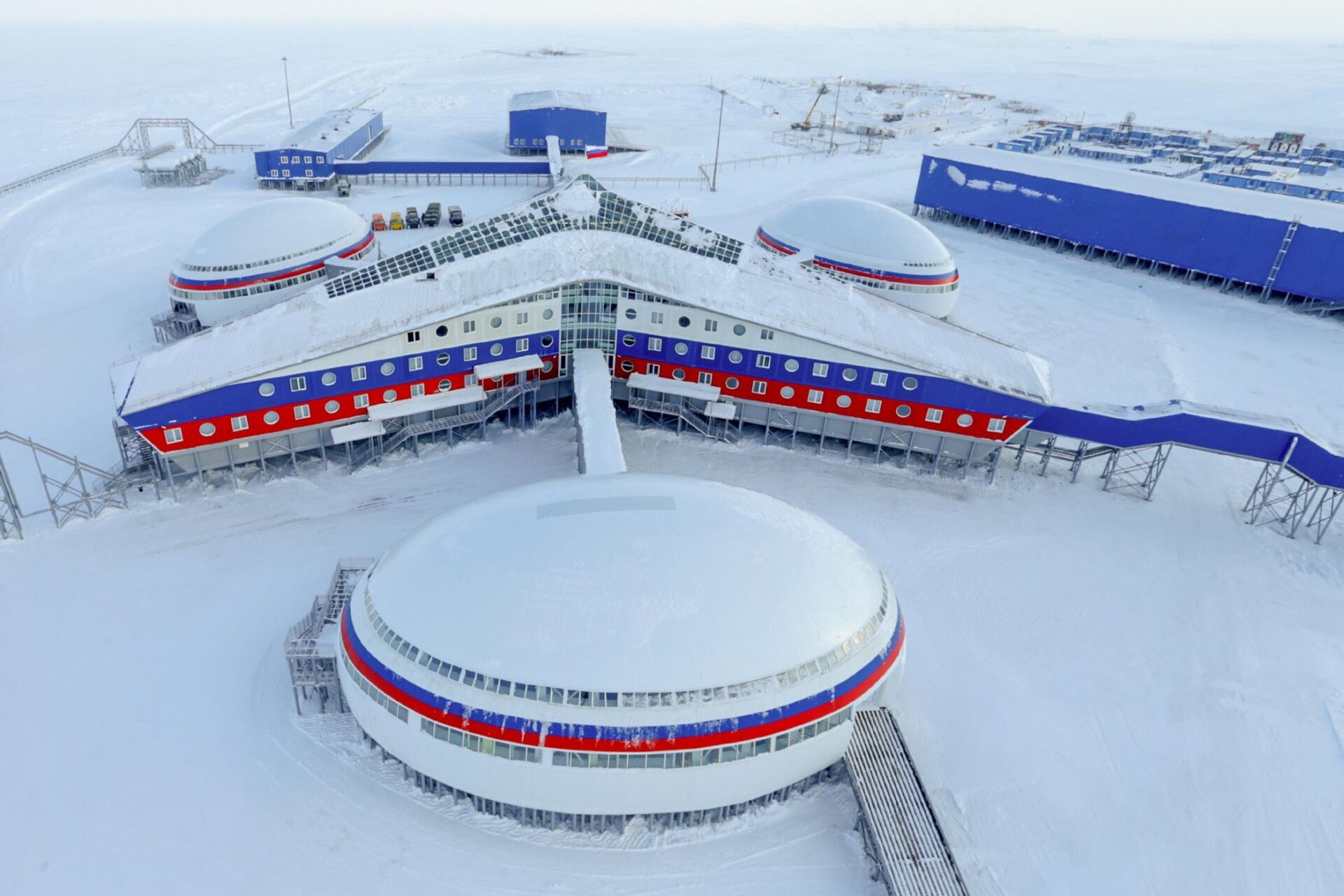
Russia’s Arms Manufacturing in January–June 2024
Russia’s Arms Manufacturing in January–June 2024
Executive Summary:
- Russia’s State Statistics Agency, Rosstat, reported increased growth in arms manufacturing industries during the first half of 2024. However, this growth is less impressive when considering physical manufacturing data as it is dependent on ruble prices.
- Russia was only able to increase the production of some components needed for arms manufacturing, meaning it would hardly be possible for Russia to significantly increase manufacturing without the corresponding increase in the production of necessary components.
- Russia’s military-industrial complex is not modernizing quickly enough to keep up with demand, meaning that Russia will not be capable of increasing arms production rates in the long term.
On July 24, Russia’s state statistics agency, Rosstat, released data on the dynamics of manufacturing production for the first half of 2024. This data shows that Russia is still struggling to increase arms production rates. On the one hand, the industrial production index has demonstrated increased growth in industries related to arms manufacturing compared to the same period of 2023 (Rosstat.gov.ru, July 24 [1], [2]):
- +36.1 percent in fabricated metal goods, except for machines and equipment (includes artillery shells along with other products);
- +35 percent in computers, electronic, and optical devices;
- +26.5 percent in other transportation vehicles (includes shipbuilding and aerospace industries); and
- +5.6 percent in chemical products.
On the other hand, the index calculation is highly dependent on ruble prices and consequently on monetary and cost-push inflation. The picture is much less impressive if one looks at the data available on the physical manufacturing of essential products for arms manufacturing. Generally speaking, growth is occurring, but comparing the statistics with those of the pre-war period, the increase can be counted in tens of percent, not hundreds of percent, and further efforts at expanding arms manufacturing will face structural limitations (Rosstat.gov.ru, accessed July 25).
Chemical Industry
Even though the depth of detailed monthly data is limited to 2021, it is possible to see trends related to the manufacturing of products that are essential for explosives and solid rocket fuels:
Table 1: Output of some chemical products that are used to produce explosives in Russia
| Q1–Q2 2021 | Q1–Q2 2022 | Q1–Q2 2023 | Q1–Q2 2024 | |
| Ammonium nitrate, thousand tons | 5,702.3 | 6,146.1 | 6,000.0 | 5,956.5 |
| Toluene, thousand tons | 130.2 | 166.9 | 172.5 | 194.6 |
| Oleum, thousand tons | 7,120.2 | 7,525.6 | 7,950.6 | 7,986.0 |
| Cellulose, thousand tons | 4,370.2 | 4,421.2 | 4,265.5 | 4,279.4 |
It is evident that Russia was only able to significantly increase the manufacturing of toluene—but even then, only by 1.5 times. Moreover, after the slowdown in increasing toluene output in January–June 2023 compared to the same period of 2022 (3.4 percent vs. 28.2 percent, respectively), Russia’s chemical industry was able to speed up growth again in 2024 by an additional 12.8 percent. The sustainability of this dynamic, however, will be clearer when the data for the whole year is available.
Unfortunately, detailed data on the output of aluminum powders, which are also used to produce some explosives, is not available. However, the available numbers show a 10 percent growth in January–May 2024 compared to January–May 2021. There will likely be no crucial changes when the numbers for January–June 2025 are published (Rosstat.gov.ru, accessed July 25).
Therefore, it would hardly be possible for Russia to increase the manufacturing of artillery shells, bombs, solid fuel rockets, and missiles “several times” without the corresponding increase in the production of their chemical components, even if some of these constituent materials may be partly imported from abroad.
Ferroalloys
There has been a visible decline in the production of different ferroalloys used in arms manufacturing and other industries. It is hard to say whether this decline has a significant influence on the Russian military-industrial complex. Still, it may limit Russia’s ability to produce heavy conventional arms:
Table 2: Output of ferroalloys in Russia
| Q1–Q2 2021 | Q1–Q2 2022 | Q1–Q2 2023 | Q1–Q2 2024 | |
| Ferroalloys, thousand tons | 1,012.6 | 1,065.9 | 1,016.6 | 877.7 |
It should be noted that even if the annual decrease in ferroalloy output is less than it appears to be now, it is almost impossible to completely compensate for it.
Electronic Industry
Despite sanctions and its complete dependence on imported components, Russia’s electronic industry has seen a significant growth in the output of semiconductor devices and their parts. The production rates of these devices, however, are still far from the peak seen in 2017. Moreover, despite the growth of this category of products, the industry faces challenges in the production of microelectronic circuits and printed circuit boards:
Table 3: Output of semiconductor devices, microelectronic circuits, and printed circuit boards in Russia
| Q1–Q2 2021 | Q1-–Q2 2022 | Q1–Q2 2023 | Q1–Q2 2024 | |
| Semiconductor devices and their parts, million units | 19.1 | 22.5 | 22.5 | 26.1 |
| Microelectronic circuits, million units | 348.4 | 299.0 | 279.6 | 259.8 |
| Printed circuit boards, million units | 17.1 | 18.1 | 20.3 | 16.6 |
Russia may compensate for the evident decline by importing circuits from China and even Western countries. Still, the decline itself demonstrates that the state of Russia’s electronic industry is far from sustainable in the long term.
Trucks, Bearings, and Diesel Engines
There is not enough data related to the manufacturing of different types of vehicles used by the Russian armed forces available to conduct a comprehensive analysis, but some available statistical categories may help better understand this field.
Table 4: Output of diesel engines (except those for cars and trucks), bearings, and trucks with diesel engines in Russia
| Q1-–Q2 2021 | Q1–Q2 2022 | Q1–Q2 2023 | Q1–Q2 2024 | |
| Diesel engines (except those for cars and trucks), units | 787 | 849 | 1,230 | 1,299 |
| Bearings, million units | 18.4 | 21.3 | 28.8 | 29.7 |
| Trucks with diesel engines, units | 24,286 | 18,385 | 19,169 | 29,029 |
All three categories demonstrate relatively stable growth compared to the pre-war period. This suggests that a similar process has taken place in the production of combat vehicles. However, as the case of Kurganmashzavod recently showed, this growth also faces structural limitations (see EDM, July 22).
The quality of this increased output is also questioned. For instance, the low quality of aircraft bearings supplied in 2017–2022 led to the unplanned repair of five Il-76 military cargo aircraft (Kommersant, July 19).
Metalworking Machine Tools
Russia remains vulnerable to foreign dependency in the manufacturing of advanced metalworking machine tools. The decrease in output of Russia-made advanced metalworking machine tools means that Western sanctions have worked (though they still have room for improvement) and that even the import of machine tools and their components from China has not allowed Russia to solve the fundamental problem yet:
Table 5: Output of metalworking centers in Russia
| Q1–Q2 2021 | Q1–Q2 2022 | Q1–Q2 2023 | Q1–Q2 2024 | |
| Metalworking centers, units | 184 | 146 | 138 | 121 |
This calls into question Russia’s ability to modernize its military-industrial complex, though it is still not entirely out of the question that the Kremlin may try. Such a limitation also means that Russia is hardly capable of increasing its arms production rates in the long term. Looking at the production rates of the building blocks of defense products demonstrates how Russia’s military-industrial complex is deteriorating from the root. If these trends continue, Russia will not have a basis for the production of larger ammunition and military vehicles that it needs to keep the long war going.

